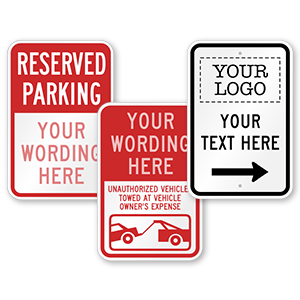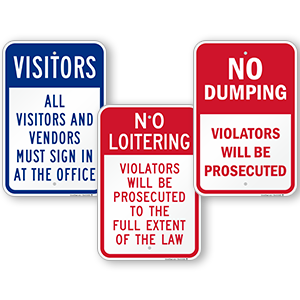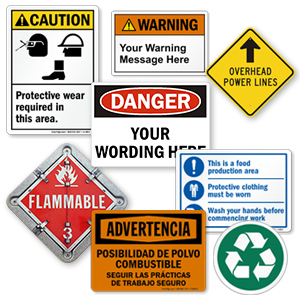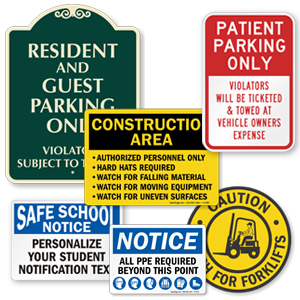New York to Louisiana: How global warming affects evacuation routes
Who could forget Kanye West’s statement, “George Bush doesn’t care about black people”? Many others, like the rapper, raised an outcry after the havoc wreaked by 2005’s Hurricane Katrina. People pointed fingers at the government for not providing sufficient refuge routes or evacuation strategies.
The problem persists, but now it has another cause. In 2013, diminishing shelter routes and evacuation methods could be due to a culprit no one can control: Mother Nature.
Let’s take Louisiana. If you look at a picture of The Pelican State, it looks like a shoe stepping into the Gulf of Mexico. However, over the 21st century, the sea level has been significantly overtaking the land portion. This process is known as land subsidence, or the lowering of the land surface. The following are startling facts about diminishing Louisiana land:
- Approximately 1.2 million acres of Louisiana coast has been lost in the last century
- Louisiana makes up 30% of the nation’s coast line, but in the lower 48 states, approximately 90 percent of coastal land loss is in Louisiana
- Nearly 60% of people in coastal Louisiana live at or below sea level and are vulnerable to flood and surge events
- Nearly 60 miles of roadways that are important transportation and evacuation routes will be vulnerable by 2100
Mr. Joshua D. Kent, a Manager for LSU’s Center for Geoinformatics, said, “South Louisiana is essentially wet and mushy. Combined with natural processes including tectonic loading, shifting growth faults and sea-level rise caused by global climate change, agricultural and industrial activities have caused localized subsidence.” As a solution, Kent recommended creating sustainable industrial and highway construction plans alongside the changing climate and landscape.
One area that is bending with the times and the climate is New York City, which was praised for strong response rates to Hurricane Irene in August 2011 and Hurricane Sandy October 2012, respectively. New York City’s Panel on Climate Change, appointed by Mayor Bloomberg in 2009, officially recognized that the coastal city would face higher temperatures and rising sea levels, and potentially more droughts and floods. For Irene, meteorologists kept regional residents well informed for days beforehand. The city created complex, up-to-the-minute computer models that showed designated evacuation zones. In the end, Manhattan wasn’t flooded, but preparations were implemented for that scenario.
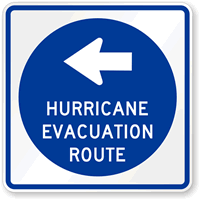
During a disaster, you must be able to find an evacuation route quickly.
As of early May 2013, the Bloomberg administration announced on Friday that it would double the number of evacuation zones from three to six in New York City. These zones will include 640,000 additional residents. During Hurricane Sandy, many residents refused to evacuate; the availability of extra zones should decrease the numbers of these holdouts in future storms.
Deputy Mayor for Operations Caswell F. Holloway described the response reactions to Sandy as very strong. The implementation of new routes are intended to improve upon an effective system. “We were certainly not in a self-flagellation mode.”
Global warming means rising sea levels and greater chances of exposure to the tribulations of hurricanes and floods, particularly for residents of coastal areas. Ensuring that your city has implemented proper evacuation routes and learning where to turn can be lifesaving in the split-second decisions that emergency situations demand.


